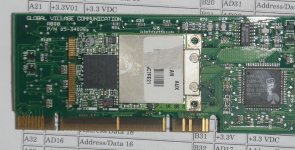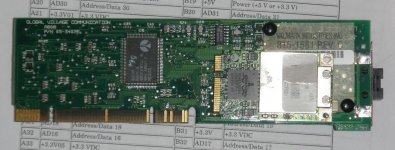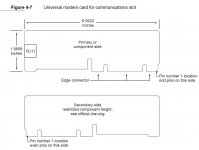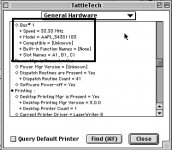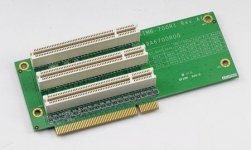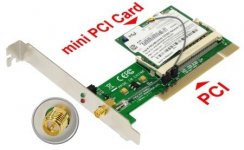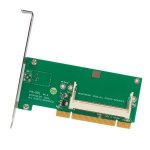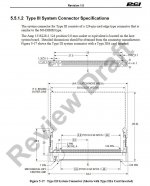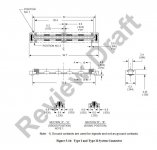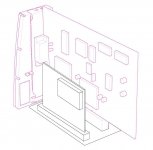Trash80toHP_Mini
NIGHT STALKER
No doubt about that being a good project that's well within K.I.S.S. parameters, 
After seeing jamesmilne's fabulous MacToTheFuture project, I can't help but think that a 10/100/1000 solution for the TAM's Comm Slot 2 connector might be more easily accomplished. Unfortunately I've yet to find CS2 developer documentation, but I do have the developer CD collection from about that timeframe. Anybody remember seeing that info anywhere? For straight up PCI development we're covered, It's now a question of how the PCI Bus Communications Slot (CS2) is woven into Gossamer and its adaptability to vanilla PCI.
Just another notion way outside my skillset, but I'm thinking along the lines of bridge board development for an off the shelf WiFi card for the PCI Express Mini-Card Slot. Might that form factor fit on a low profile CS2 card within the standard back's cubic in the TAM? Such a card would be usable within any CS2 PowerMac, not just the TAM.
Apple Developer Connection: PCI Card Services
Designing PCI Cards and Drivers for Power Macintosh Computers 1996
Revised Edition 3/26/99 has corrections, additions and irrelevant New World complications.
Designing PCI Cards and Drivers for Power Macintosh Computers
After seeing jamesmilne's fabulous MacToTheFuture project, I can't help but think that a 10/100/1000 solution for the TAM's Comm Slot 2 connector might be more easily accomplished. Unfortunately I've yet to find CS2 developer documentation, but I do have the developer CD collection from about that timeframe. Anybody remember seeing that info anywhere? For straight up PCI development we're covered, It's now a question of how the PCI Bus Communications Slot (CS2) is woven into Gossamer and its adaptability to vanilla PCI.
Just another notion way outside my skillset, but I'm thinking along the lines of bridge board development for an off the shelf WiFi card for the PCI Express Mini-Card Slot. Might that form factor fit on a low profile CS2 card within the standard back's cubic in the TAM? Such a card would be usable within any CS2 PowerMac, not just the TAM.
Apple Developer Connection: PCI Card Services
Designing PCI Cards and Drivers for Power Macintosh Computers 1996
Revised Edition 3/26/99 has corrections, additions and irrelevant New World complications.
Designing PCI Cards and Drivers for Power Macintosh Computers

